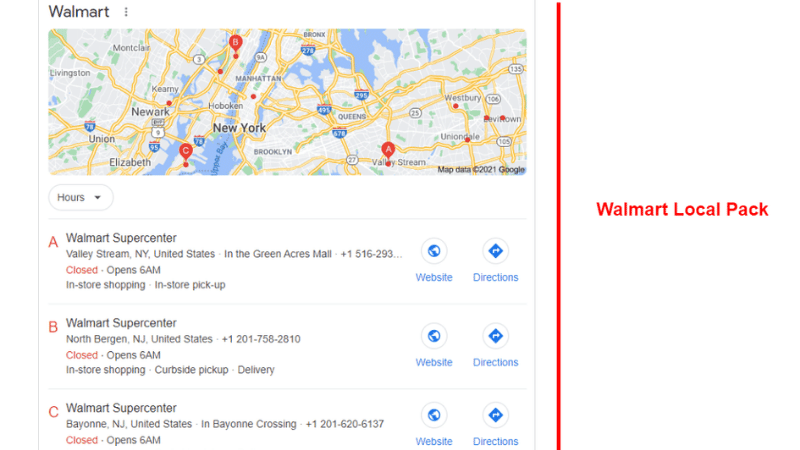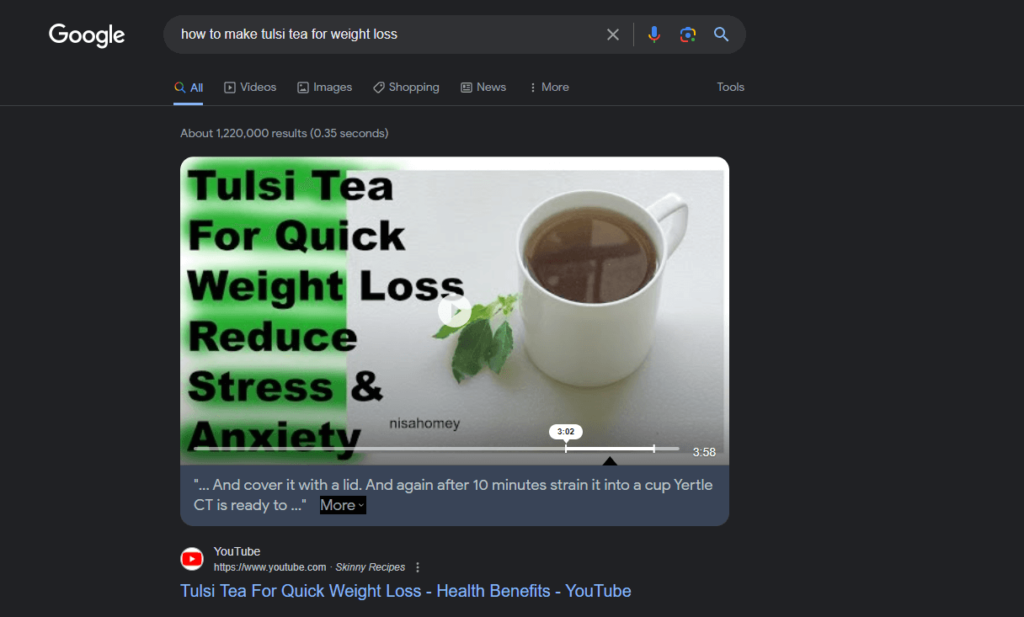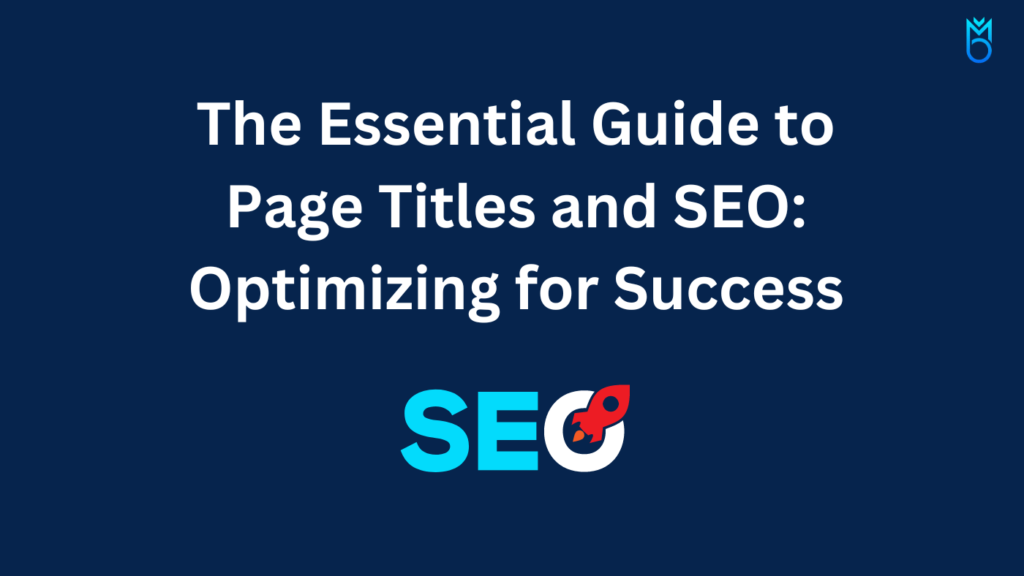SERP (Search Engine Results Pages) is a crucial term in Search Engine Optimization (SEO), representing the list of results users see after entering a query on search engines like Google, Bing, or Yahoo. These results are determined by keywords, relevance, website authority, user experience, and algorithms used by the search engine.
Key points:
- SERP stands for Search Engine Results Pages and is essential in SEO.
- It displays the results users see after searching on search engines.
- Factors influencing SERP results include keywords, relevance, website authority, user experience, and search engine algorithms.
What are SERP?
SERPs are the pages displayed by search engines in response to a user’s query. They contain different types of results, including organic search results, paid results (such as Google Ads), local listings, knowledge graphs, and other SERP features like Featured Snippets, People Also Ask, Image Packs, Video Results, and more.
How are SERPs Generated?
Search engines use complex algorithms to determine the most relevant results for a given query. Websites optimized for SEO have a better chance of ranking higher in SERPs. Factors such as keyword usage, quality of content, backlinks, and user engagement all play a role in determining SERP rankings.
Types of Results in SERPs
Search Engine Results Pages (SERPs) display various results in response to users’ search queries. Understanding the different types of results that can appear on a SERP is crucial for optimizing websites and improving visibility. Here are the main types of results that can be found on SERPs:
01: Organic Search Results

Organic results in SERPs are non-paid listings that appear based on their relevance to the user’s search query. Search engine algorithms determine these results and reflect the websites that best match the user’s intent. Websites earn organic rankings through search engine optimization (SEO) efforts, such as creating high-quality content, optimizing meta tags, building backlinks, and providing a positive user experience. Appearing in organic search results indicates that the search engine considers a website valuable and authoritative, leading to increased visibility, organic traffic, and potential conversions. Organic results are essential for long-term sustainability and credibility in the competitive digital landscape.
02: Paid Results (Google Ads)

Paid results, also known as Google Ads or PPC (Pay-Per-Click) ads, are sponsored listings at the top or bottom of the SERP. Advertisers bid on keywords to display their ads when users search for relevant terms. Paid results allow businesses to target specific keywords and reach a larger audience through paid advertising.
03: Local Pack

The Local Pack is a feature that showcases nearby businesses relevant to a user’s location-based search query. It usually contains a map and up to three listings of local establishments, providing essential details such as contact information, reviews, and directions. Implementing local SEO strategies can enhance visibility in the Local Pack, enabling businesses to reach and engage with potential customers seeking goods or services in their vicinity.
04: Knowledge Graph & Panel

The Knowledge Graph and Knowledge Panel are SERP features that provide users with quick access to information about entities, such as people, places, or things. The Knowledge Graph displays information directly on the SERP, while the Knowledge Panel appears as a side panel with detailed information, images, and links related to the entity.
Search Engine Optimization (SEO)
Search Engine Optimization (SEO) is optimizing websites to improve their visibility and rankings in search engine results pages (SERPs). SEO involves various strategies and techniques to increase organic (non-paid) traffic to a website by enhancing its relevance and authority in search engines like Google, Bing, and Yahoo. SEO aims to attract more visitors by appearing higher in search results for relevant queries, ultimately driving more traffic, leads, and conversions. SEO encompasses on-page optimization (content, meta tags, URL structure), off-page optimization (backlinks, social signals), technical optimization (site speed, mobile-friendliness), and continuous monitoring and adjustments to stay competitive in search engine rankings.
Here is a Basic Idea About SEO:
On-page SEO
On-page SEO refers to optimizing individual web pages to improve search engine rankings and attract organic traffic. This optimization focuses on elements directly within the control of website owners and content creators. Critical aspects of on-page SEO include:
- Content Optimization: Creating high-quality, relevant, and valuable content that aligns with user intent and includes targeted keywords.
- Title Tags and Meta Descriptions: Write compelling title tags and meta descriptions that accurately describe the page’s content and entice users to click.
- URL Structure: Creating SEO-friendly URLs that are descriptive, concise, and include relevant keywords.
- Header Tags: Using proper header tags (H1, H2, H3) to structure content and improve readability for both users and search engines.
- Internal Linking: Linking to other relevant pages within the website to improve navigation, distribute link equity, and enhance user experience.
Off-page SEO
Off-page SEO refers to activities conducted outside of a website to improve its search engine rankings and reputation. These strategies focus on building a website’s authority, trust, and relevance through external factors. Critical aspects of off-page SEO include:
- Link Building: Acquiring high-quality backlinks from reputable websites to increase domain authority and improve search engine rankings.
- Social Media Marketing: Engaging with audiences on social media platforms to promote content, build brand awareness, and attract traffic to the website.
- Online Reputation Management: Monitoring and managing online reviews, mentions, and reputation to establish credibility and trustworthiness.
- Influencer Outreach: Collaborating with influencers or industry experts to promote content, increase visibility, and reach a wider audience.
- Local SEO: Optimizing local business listings, citations, and reviews to improve visibility in local search results and attract nearby customers.
On-page and off-page SEO are essential components of a comprehensive SEO strategy that aims to enhance website visibility, attract organic traffic, and improve search engine rankings for sustainable online success.
What are Google SERP features?
SERP features, or search engine results page features, are unique elements displayed on the search engine results page (SERP) and the organic search results. These features provide users with more information and can include featured snippets, knowledge panels, image packs, and more. They are designed to enhance the search experience and help users find the information they need quickly and easily.
01: Featured Snippets

Featured Snippets are brief text excerpts displayed at the top of the search results, giving users a direct answer to their query without needing to click on a specific website. Search engines choose these snippets based on their relevance and ability to address common user questions. Optimizing content for Featured Snippets can help websites increase visibility and attract more organic traffic by being featured prominently on the SERP.
Types of featured snippets:
- 1. Paragraph Snippets
- 2. List Snippets
- 3. Table Snippets
- 4. Numbered List Snippets
- 5. Bullet List Snippets
02: Rich Snippets

Rich Snippets enhance search results by displaying additional information beyond the traditional title and meta description. This extra data can include star ratings, reviews, pricing details, product availability, and more. Rich Snippets help users make informed decisions by providing valuable information on the SERP, increasing click-through rates and improving user engagement with search results.
Types of Rich Snippets:
- Product: Displays price, availability, and review ratings for products.
- Recipe: Shows ingredients, cooking time, calories, and user ratings for recipes.
- Review: Presents a star rating and author of the review for products, services, or businesses.
- Event: Lists dates, locations, and ticket availability for events.
- Software Application: Provides information about software apps, including ratings and price.
- Video: Offers a thumbnail preview and a brief description of the video content.
- Article: Highlights a headline and sometimes an image from news or blog articles.
- Job Posting: Shows job title, location, and employer for job listings.
- FAQ: Displays a question and a short excerpt of the answer that is expandable.
- How-To: Indicates steps in a how-to guide or tutorial with potential costs or time required.
03: People Also Ask

The “People Also Ask” (PAA) feature presents users with questions about their initial search query. Users can expand the PAA section by clicking on a question to reveal additional related questions and answers. This feature helps users explore different aspects of a topic and provides more comprehensive information directly on the SERP. Websites can optimize content to appear in People Also Ask boxes and increase their visibility for related queries.
04: Image Packs

Image Packs are collections of images related to a search query prominently displayed on the SERP. Users can click on individual photos to view them in a larger format or visit the source website for more details. Optimizing images with relevant alt text and descriptive filenames can help websites appear in Image Packs and attract visual-oriented users searching for images related to their query.
05: Video Results

Video Results showcase relevant videos from platforms like YouTube directly on the SERP. Users can watch videos without leaving the search page, making it convenient to access video content related to their search query. Websites can optimize video content using descriptive titles, tags, and descriptions to improve visibility in Video Results and attract users looking for multimedia content.
Why do SERPs Matter for SEO?
SERPs are crucial for SEO because they determine where a website appears in search results. Websites at the top of the SERP get more visibility and clicks, leading to higher traffic and potential conversions. Understanding ranking factors and optimizing for SERPs can significantly benefit a website’s performance.
By understanding and optimizing these SERP features, websites can improve their visibility, enhance user experience, and increase click-through rates. Incorporating strategies to target Featured Snippets, Rich Snippets, People Also Ask, Image Packs and Video Results can help websites stand out in search engine results and capture the attention of users seeking diverse types of information.
In conclusion, mastering the art of SEO and understanding how SERPs work is essential for businesses looking to improve their online presence. By optimizing for SERP features and ranking factors, websites can appear prominently on the first page of Google search results and attract more organic traffic. Stay updated with the latest search engine algorithms and trends to achieve success in the ever-evolving world of search engine optimization.

Redoan Kawsar is a digital marketer and SEO expert dedicated to helping businesses thrive in the digital world. He is the founder and CEO of MentorsBoss.com and provides a variety of digital solutions, including social media management, website development, local SEO, niche site creation, and lead generation. With his expertise and team, he can enhance your online presence and achieve impactful results for your business.


